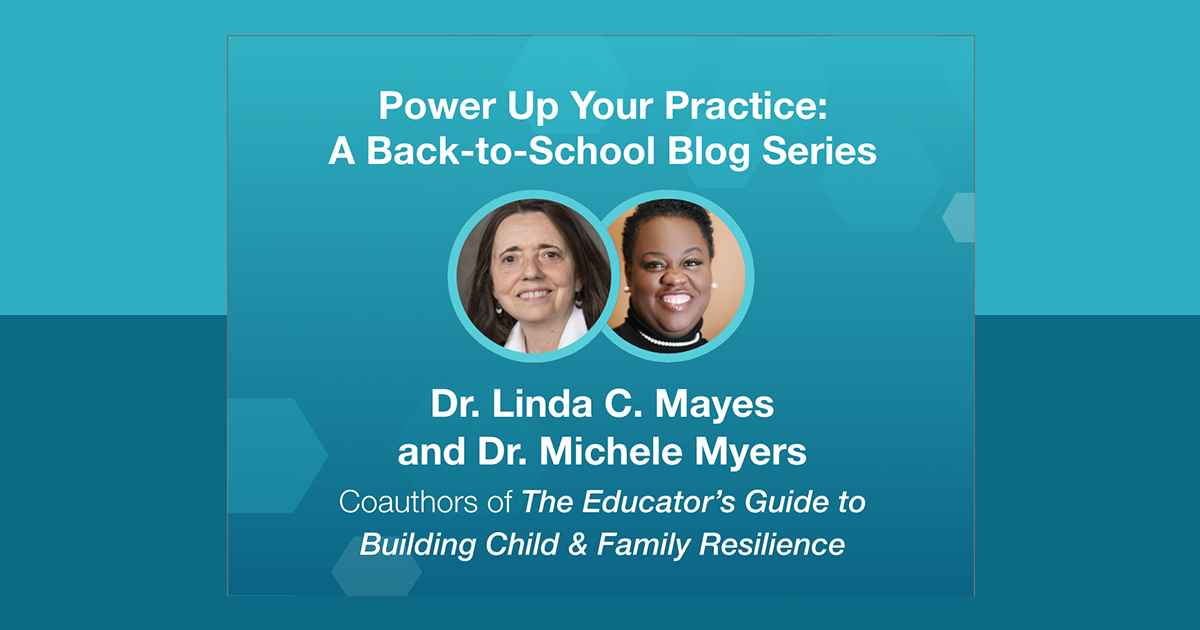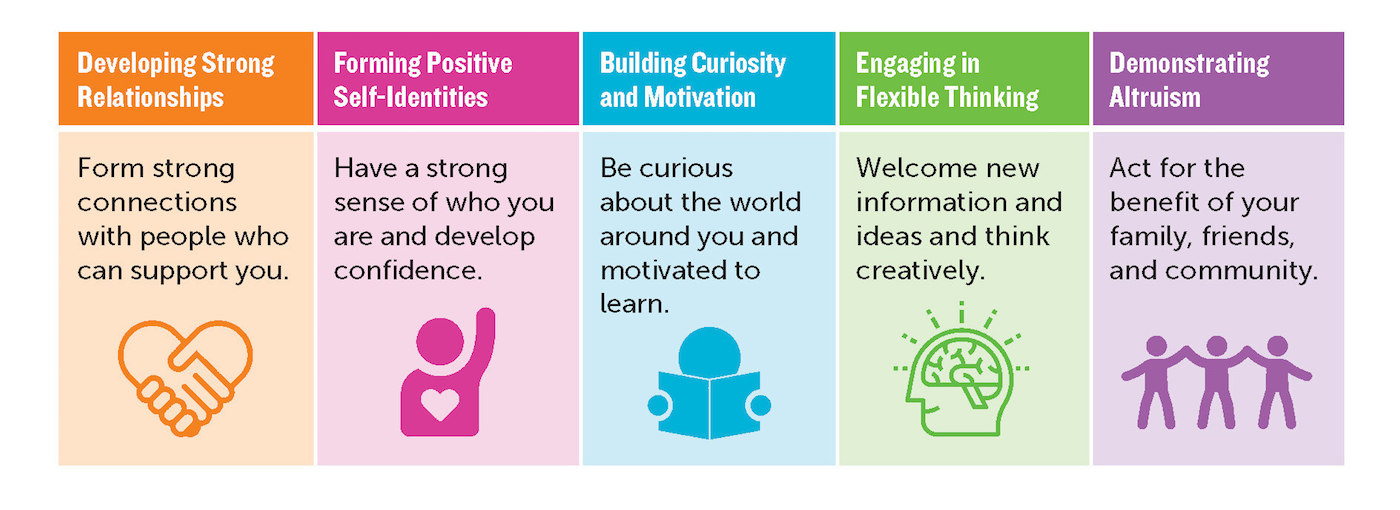Developing Strong Relationships: At the heart of your classroom is a community that extends beyond textbooks and assignments. By fostering strong relationships built on empathy, trust, and understanding, you create a safe haven where students can thrive and flourish. As you forge these connections, remember that your role as an educator goes beyond academics; you are a mentor, a guide, and a source of unwavering support.
Forming Positive Self-Identities: Empower your students to discover their unique identities and embrace their strengths. Your words and actions have the power to shape their self-perception. Celebrate their achievements, both big and small, and encourage them to recognize their individual worth. By fostering a positive self-identity, you provide a powerful foundation for resilience to flourish.
Building Curiosity and Motivation: Your classroom is a place where students’ curiosity can thrive. Encourage questions, foster a love for learning, and provide opportunities for exploration. By igniting curiosity and nurturing motivation, you instill in your students the drive to overcome obstacles and reach their goals.
Engaging in Flexible Thinking: Resilience requires the ability to adapt and think creatively. As an educator, you have the remarkable privilege of guiding students to embrace change and approach challenges with an open mind. Foster an environment where diverse perspectives are celebrated and problem-solving is a collaborative endeavor. Through this, you equip your students with the cognitive tools to navigate life's twists and turns.
Demonstrating Altruism: The capacity for kindness and compassion is a cornerstone of basic human relationships. Helping others brings communities together. Model and encourage acts of altruism within your classroom and beyond. Show your students the profound impact of extending a helping hand to others without ever expecting anything in return. By nurturing empathy and social responsibility, you empower your students to not only overcome their own challenges but also contribute positively to the world around them.
What sets your classroom apart is the potential to weave these resilience-promoting skills into the day-to-day moments of your teaching. As you embrace and integrate the five resilience-promoting capacities, you create an environment where learning transcends the boundaries of test scores alone. Your guidance and mentorship provide students with the tools they need to excel academically while also fostering emotional strength and social connection.
In this new school year, we encourage you to draw inspiration from The Educator’s Guide to Building Child & Family Resilience. As you nurture these capacities within your classroom, you give your students skills for life. Together, let's cultivate a generation of learners who not only conquer challenges but also thrive in the face of adversity.

